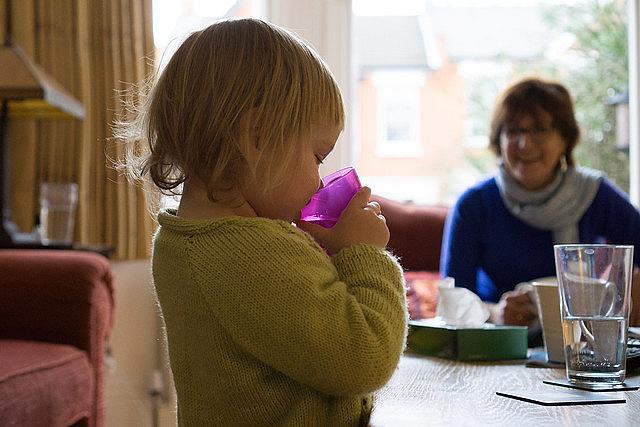In Florida, water is everywhere — but how safe is it?
In a stretch of rural Marion County, Florida, Miriam Flores and her family have lived for years on groundwater, relying on the well in their backyard for everything from drinking to cooking to bathing.
Just a few hundred yards from the state’s Fire College, they never questioned what flowed from their taps until they received an unexpected letter in the mail last fall. It told them their water had tested above safe levels for a class of potential carcinogenic chemicals, tied to fire retardants that were used at the firefighter-training campus nearby.
What they would later discover was that the state knew for months about initial tests that first detected those chemicals in water on the Fire College’s campus, but failed to communicate the threat to its neighbors immediately. Months later, Flores and others nearby are still having their water checked to see if recently installed filters have made their water safe enough to drink again.
But Flores — still using bottled water provided by the state to drink — doesn’t feel comfortable yet drinking what comes out of the faucets. She reluctantly bathes her 6-year-old son in water from the well, but still cautions him to keep his mouth closed so he won’t swallow a drop.
In Florida, water surrounds. Just about every part of the state is less than 100 miles from the coastline, and one of the state’s most prized jewels — the watery Everglades, known as the “River of Grass” — swallows up much of the southwestern peninsula (though it has been whittled by decades of human development). Water also lies below, in the mammoth Floridan aquifer that is tapped for water for 10 million people in much of Florida and parts of Georgia and Alabama.
But Florida’s water sources are diminishing, and its population only continues to grow. A 2010 Natural Resources Defense Council study put Florida among more than a dozen states likely to face “high risk” shortages of water within the next half century, and state officials have nervously eyed the increasing disparity in water supply and demand on the horizon for years. A host of threats also face what will remain of Florida’s most precious natural resource, from water-borne diseases to man-made contaminants to algal blooms.
As the pressure to provide water to more and more Floridians increases, squeezed by dwindling supply, how will Florida face the challenges of monitoring how safe its water is? This project will take a broad look at how pervasive the state’s challenges have been in detecting and communicating environmental hazards, particularly amid newer pollutants now coming under scrutiny.
What have Florida’s long-term challenges been in detecting such hazards to its water quality? How has it communicated public health threats, or identified and monitored health issues? How have those efforts affected communities, particularly rural or poorer ones that have historically struggled to access health resources?
For people like Flores, those questions are critical. Past reporting has showed that the state has only in the last half year begun to check, for example, for the same chemicals that were in her water at other fire training sites.
This reporting, under the auspices of the 2019 National Fellowship, will seek to answer those questions through the stories of everyday Floridians like her, especially those communities who are particularly vulnerable and reliant on safe water — the young, the ill, the elderly — to stay healthy.


